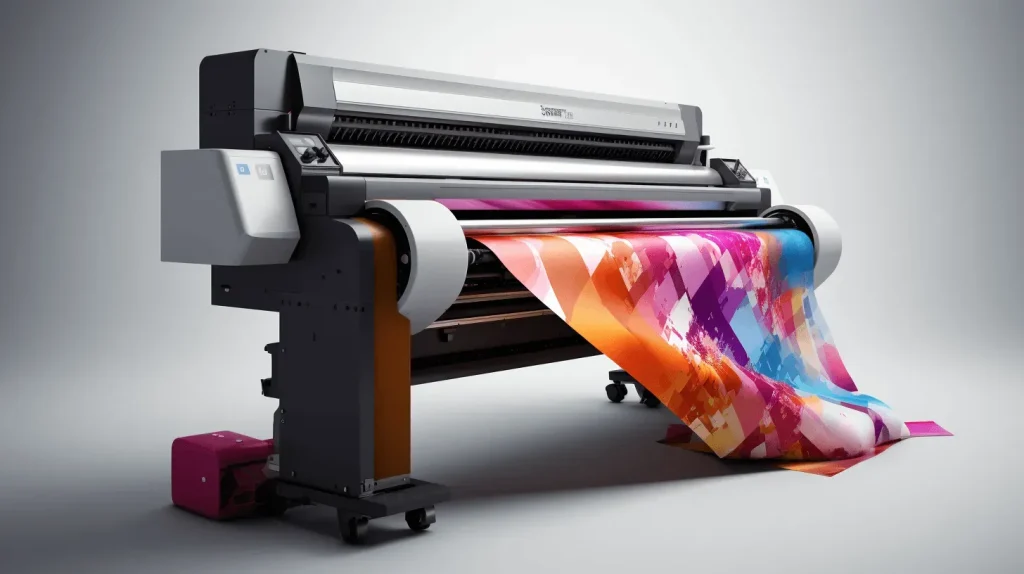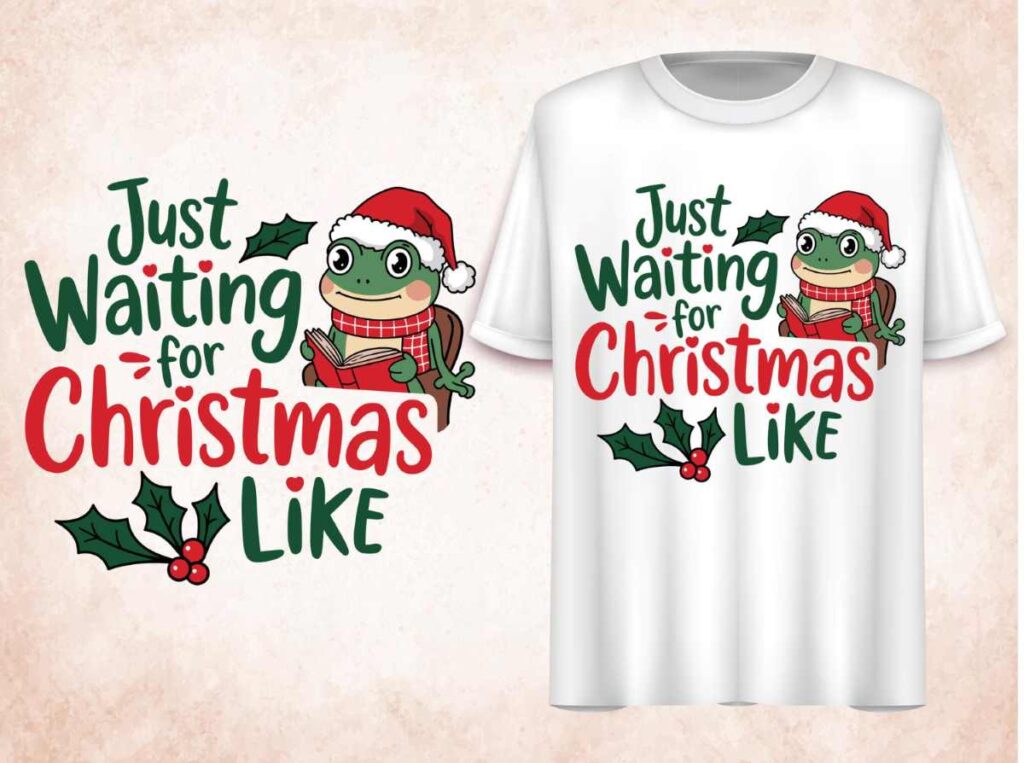DTF printing, or Direct to Film printing, is revolutionizing the way small businesses approach custom fabric printing. This innovative method combines versatility and quality, allowing entrepreneurs to create vibrant designs on a variety of materials, from T-shirts to tote bags. One of the standout benefits of DTF printing is its cost efficiency, enabling businesses to reduce material waste while maximizing output. In this guide, we will delve into how to use DTF printing to enhance your product offerings and tap into the rising market trends that favor customization. Whether you’re looking to establish a niche in the apparel industry or expand your merchandise line, understanding DTF printing can be a game-changer for your small business.
Known as Direct to Film printing, this cutting-edge textile printing technique is garnering attention among entrepreneurs keen to diversify their product range. By leveraging the adaptability of DTF technology, businesses can achieve high-quality printed designs on an array of fabrics, catering to evolving consumer preferences. This approach not only simplifies the printing process but also significantly reduces the costs associated with traditional methods, making it an attractive choice for startups. Additionally, with the DTF printing market projected to grow rapidly, staying ahead of industry trends can empower small businesses to thrive. Embracing DTF printing equips business owners with the tools needed to deliver unique and durable merchandise that resonates with modern consumers.
Understanding DTF Printing Technology
Direct to Film (DTF) printing utilizes a unique film process that allows designs to be printed directly onto a special transfer film. This film is then heat-pressed onto the chosen fabric, making the process efficient and effective for various textile materials. One of the key advantages of DTF printing is its adaptability; it works seamlessly with different fabrics ranging from cotton to polyester blends. This flexibility is critical for small businesses aiming to cater to diverse customer needs without investing in multiple printing setups.
Moreover, DTF printing technology stands out for its ability to produce vibrant colors and detailed images that are resistant to fading and cracking, even after repeated washings. This durability enhances the product’s appeal, especially in competitive markets where quality is paramount. As small businesses adopt DTF printing technologies, they can effectively expand their product lines to include high-quality custom apparel and promotional merchandise.
Advantages of DTF Printing for Entrepreneurs
The benefits of DTF printing extend beyond just the technical capabilities. One major perk is the cost savings associated with DTF over traditional printing methods. For instance, due to its minimal material waste, businesses can produce smaller batches on-demand, significantly reducing unwanted inventory and associated costs. This on-demand printing is particularly advantageous for startups or small business owners, as it lowers the barrier to entry in the printing market, allowing them to invest more in creative designs.
Additionally, DTF printing offers an opportunity for businesses to diversify their offerings without incurring excessive costs. By being able to print on a variety of garments and products, entrepreneurs can explore different market segments—from custom T-shirts to branded tote bags for events—without having to invest heavily in specialized printing infrastructure. This versatility is essential for accommodating changing consumer trends and preferences.
How to Effectively Utilize DTF Printing in Your Business
Utilizing DTF printing effectively requires a thoughtful approach to both technology and design. Small businesses should start by investing in quality DTF printers and heat presses to ensure output meets industry standards. Choosing reliable equipment not only enhances the printing process but also leads to higher customer satisfaction as a result of better-quality products. It’s also essential for business owners to familiarize themselves with the machine’s operations to maximize its capacity and minimize errors.
Alongside hardware investment, prioritizing the quality of the artwork being printed is critical. High-resolution images and thoughtful design can significantly affect the final product’s appeal. Employing professional graphic designers or utilizing high-quality stock images can result in a distinctive product line that stands out in the market. Achieving professionalism in images could lead to greater consumer trust and potentially higher sales, thereby making DTF printing a cornerstone of a successful small business strategy.
Exploring DTF Printing Market Trends
The DTF printing market is experiencing dynamic growth, propelled by shifting consumer demands for customizable and high-quality apparel solutions. Reports suggest that the market is expected to grow at a compounded annual growth rate (CAGR) of around 21%, signaling a ripe opportunity for entrepreneurial ventures in this niche. This trend is indicative of a broader shift towards individualized products, with consumers increasingly favoring unique items over mass-produced goods.
As small businesses capitalize on these trends, understanding their target market becomes essential. Researching local preferences for customized goods can guide businesses in their advertising and product development efforts. By staying ahead of market trends and customer desires, small enterprises can leverage DTF printing to offer products that resonate with buyers, ensuring a competitive edge in the bustling custom apparel market.
Marketing Strategies for DTF Printed Products
Effective marketing strategies are crucial for the success of DTF printed products. Small businesses can harness the power of social media platforms like Instagram and Facebook to effectively reach potential customers. By showcasing eye-catching images of high-quality prints and behind-the-scenes processes, businesses can create an engaging online presence that attracts interest and builds customer loyalty. Highly visual platforms are particularly effective for promotion, allowing businesses to highlight the uniqueness and versatility of their DTF printed offerings.
Additionally, partnering with influencers or local personalities can amplify brand recognition. By leveraging trust and credibility established by influencers in the fashion and merchandise space, small businesses can tap into their existing follower base, converting them into loyal customers. Combining visual engagement with influencer marketing can lead to increased sales and enhance the overall visibility of DTF printed products in a crowded market.
Quality Control in DTF Printing Processes
Quality control is a fundamental component of any successful product-based business, and this holds true for DTF printing as well. Implementing regular quality checks throughout the printing process can prevent errors that could disappoint customers and damage the brand’s reputation. From verifying design quality before printing to assessing finished products for flaws, businesses that prioritize quality will build a loyal customer base that trusts their offerings.
For instance, small businesses might benefit from establishing a checklist that includes inspections of design clarity, color accuracy, and the durability of prints when washed. These measures can ensure that the final product meets high standards, resulting in satisfied customers who will likely return for future purchases. The commitment to quality not only drives repeat business but also encourages customer recommendations, leading to organic growth in brand recognition and sales.
Frequently Asked Questions
What are the benefits of DTF printing for small businesses?
DTF printing offers significant benefits for small businesses, including cost efficiency, as it minimizes waste and reduces printing costs by up to 50%. The versatility in material use allows businesses to print on various fabrics, catering to a wide audience. Moreover, the user-friendly process makes it accessible for operators with minimal technical skills, while high-quality, durable prints ensure customer satisfaction. With rising market trends, DTF printing also presents growth opportunities for small businesses in the customizable apparel sector.
How do I start using DTF printing in my small business?
To start using DTF printing, invest in high-quality printers and heat presses that ensure optimal results. Familiarize yourself with the printing process, focusing on design quality by using high-resolution images. It’s also essential to market your DTF printed products effectively on platforms like Instagram and Etsy, leveraging visuals to attract customers. Regular quality control measures will help maintain product standards and customer satisfaction.
What types of materials can I use with DTF printing?
DTF printing is incredibly versatile and can be used on a range of materials, including cotton, polyester, and fabric blends. This adaptability allows small businesses to create custom items like T-shirts, hoodies, tote bags, and more. As a result, businesses can diversify their product offerings to meet different customer needs.
What are the current market trends in DTF printing?
The DTF printing market is experiencing rapid growth, projected to increase at a compound annual growth rate (CAGR) of around 21%. This surge is driven by the rising demand for customized apparel solutions. For small businesses, this trend presents a timely opportunity to leverage DTF printing to tap into new markets and enhance profitability.
How does DTF printing compare to other printing methods?
Compared to traditional methods like screen printing and sublimation, DTF printing is more cost-effective and versatile. It requires less upfront investment and is easier to operate, allowing for quick familiarity with the technology. Additionally, DTF prints are known for their durability, as they can withstand multiple washes without significant fading, making them a superior choice for custom apparel.
What should I consider for effective quality control in DTF printing?
For effective quality control in DTF printing, regularly inspect each product before it reaches the customer to ensure it meets your standards. Establish clear quality benchmarks, and monitor printing processes and materials closely. Consistently maintaining high-quality outputs not only builds your brand’s reputation but also fosters customer loyalty and satisfaction.
| Key Point | Description |
|---|---|
| What is DTF Printing? | DTF printing uses a special film to print designs that are transferred to fabrics with heat and pressure, suitable for multiple materials. |
| Benefits | 1. Cost Efficiency: Reduces costs and waste. 2. Versatility: Works on various fabrics. 3. User-Friendly: Easy for beginners. 4. High-Quality Prints: Durable and long-lasting results. 5. Market Trends: Expected growth in demand for customized apparel. |
| Best Practices | – Invest in quality equipment. – Focus on high-resolution designs. – Market through social media effectively. – Implement quality control measures for products. |
Summary
DTF Printing has emerged as a game-changing technology for small businesses, offering a cost-effective, versatile, and high-quality printing solution. With the ability to create vibrant designs on various fabrics while minimizing waste, DTF printing allows businesses to expand their product offerings without significant upfront investment. By following best practices such as investing in quality equipment, focusing on design quality, and leveraging social media for marketing, small enterprises can thrive in the growing market for customized apparel. As consumer demand for personalized products continues to rise, DTF Printing not only enhances profitability but also positions businesses favorably in an evolving landscape.



